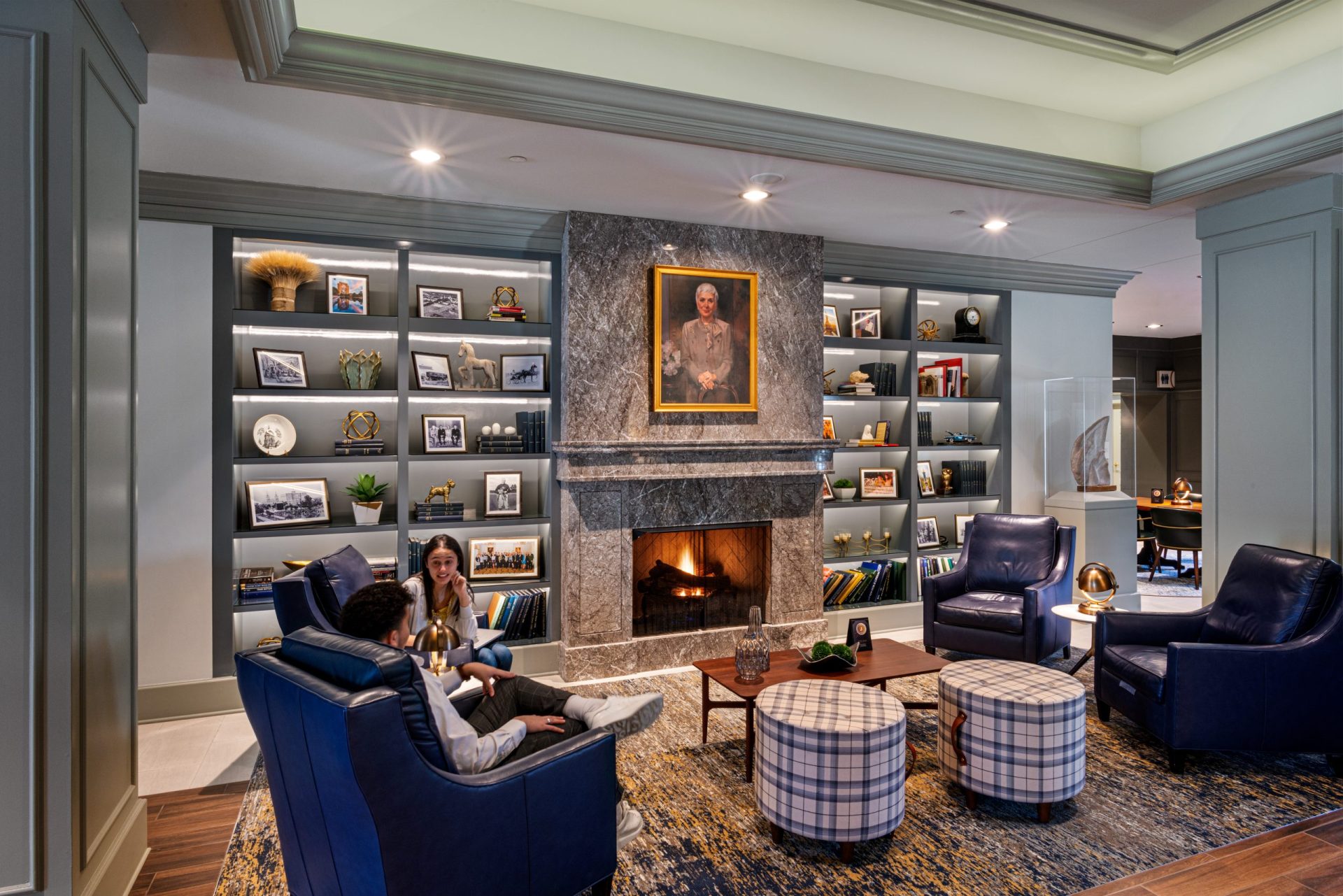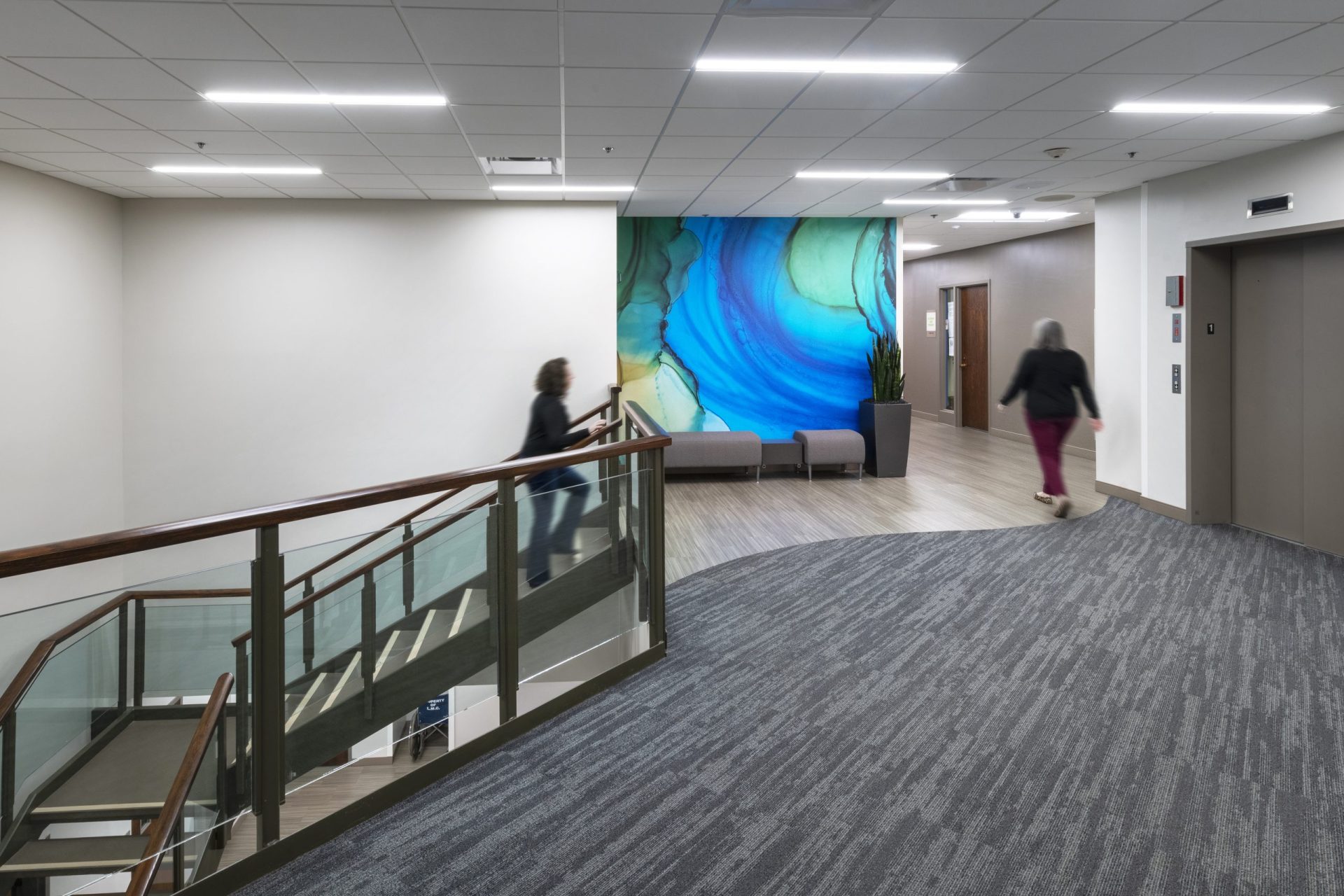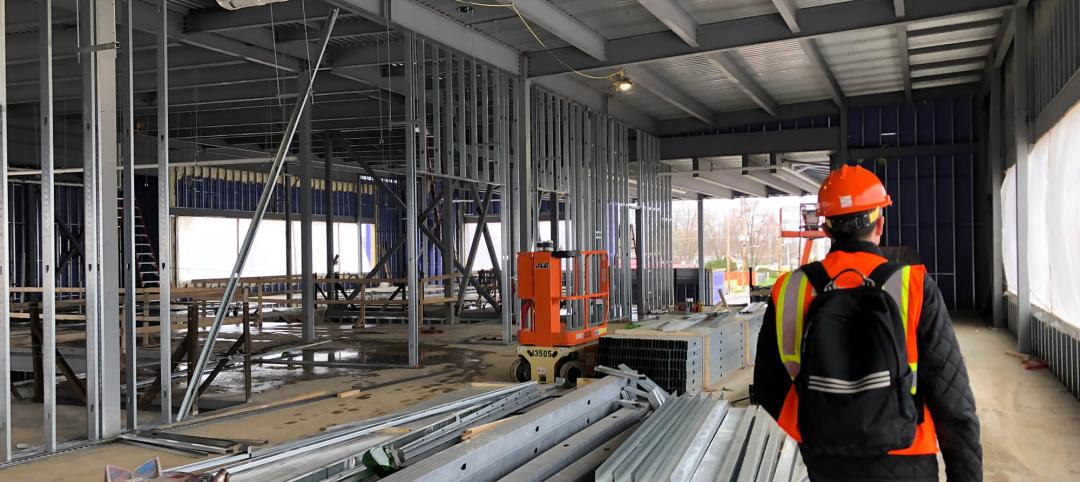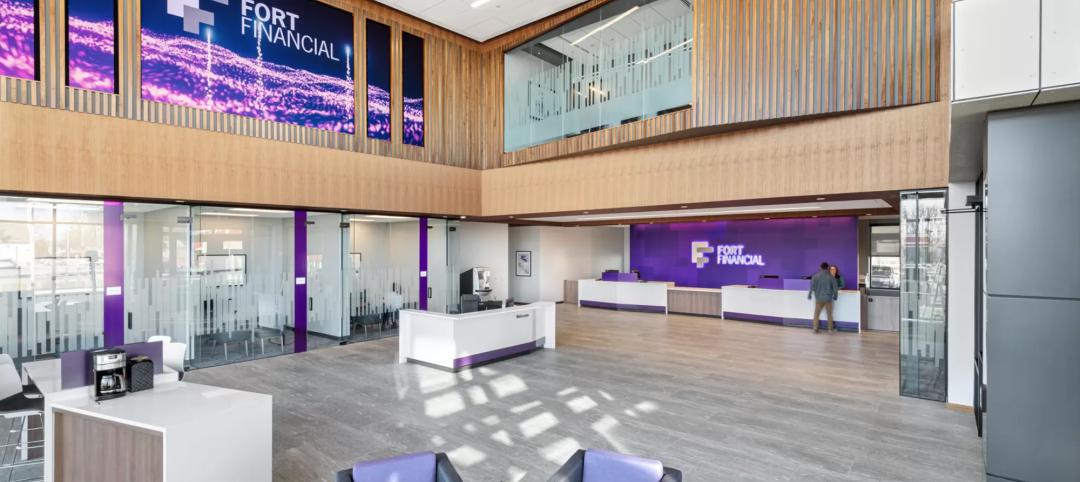At the onset of any design challenge, architects and engineers are programmed to first consult the applicable codes, standards, and best practices. For healthcare and behavioral health design, we are accustomed to analyzing the applicable FGI standards, walking through the Center for Health Design’s Safety Risk Assessment Toolkit, and turning to trusted resources like the Behavioral Health Design Guide and NY Office of Mental Health and Addiction Patient Safety Standards, Materials, and System Guidelines. After all, architects are sworn to protect the public’s health, safety, and welfare. These invaluable resources provide necessary assistance in mitigating environmental safety risks. But we must not let our focus linger on physical safety without addressing mental safety.
The surrounding environment plays a huge role in the mental state of the occupants of a space, especially behavioral health patients whose perception of safety can be heightened. When patients do not feel comfortable in a space, the relationships between patients and therapists are negatively affected. Patients have a harder time letting their guard down and establishing a sense of trust. This is where informed and thoughtful design comes into play.
Have you ever walked into a space and felt uneasy or unsettled, but can’t put your finger on why you feel that way? Humans are drawn to safety and security, especially if they have experienced some sort of trauma. If a space doesn’t invoke feelings of safety, this can make patients very uncomfortable. Although everyone has different cues or triggers that may make them feel unsafe, there are elements that have shown to bring feelings of safety in most individuals.

A homey environment with rugs, music, and a quiet atmosphere that embodies a living room style as opposed to a medical facility can make a huge difference. Medical looking environments can re-traumatize patients with negative experiences at a hospital. Many organizations standardize on finishes and fixtures across their facilities, but we urge a distinction between in-patient and out-patient settings to break that link.
Other aspects of a safe and supportive space to consider are visible exits with doors that can easily be locked or unlocked, along with clear signage to let patients know exactly where they are. Having the outdoors visible makes a huge impact on the healing environment. Dimmable lights and thermostats, as well as moveable furniture, give patients and staff more control over their environment and allow them to adjust to various needs. A larger space that is more spread out can give patients room to move and breathe, helping them not to feel trapped.
The environment itself can be made to be more welcoming by including plants and flowers, multi-cultural artwork, magazine articles, and accommodations such as tea, water, or snacks. Curate the objects within the space to convey ease, simplicity, and avoid stressors. While these can be very personal, we’ve found that simply asking therapists can greatly guide decisions. For example, nature and abstract nature support healing environments, but therapists have asked us to avoid scenes of water to be sensitive of those traumatized by drowning or near-drowning incidences.

Reduction of noise should also be considered when creating a safe environment for patients. Unwanted sound is distracting to people, in general, and proves to be a major roadblock in mental healing. Those who have experienced trauma, anxiety, or other health challenges often develop a hypersensitivity to cues in their surroundings. Therefore, what some perceive as slightly distracting noise, can cause a great deal of aggravation to creating a calm and centering environment for a patient seeking treatment. During the design process, we establish benchmarks for expectations, design the construction to stop the transmission of sound and consider sound quality needs within each space. It’s also important to consider the mechanical and electrical systems’ contribution to noise and sound transmission issues. Even a modest investment in construction approach makes a world of difference to the end user’s awareness of noise or quiet.
Beyond the safety risk mitigation found in trusted resources, architects and engineers are exploring how the environment can support a person’s sense of dignity, value, and empowerment. Today, design for behavioral health spaces is becoming much more attentive to how the space cues our intrinsic sense of trust. The experiences and preferences of patients inform what is needed in these spaces, such as clearly visible exits, private offices that are quiet, and visibility to the outdoors. Feeling safe and secure is essential in helping patients get the treatment they need. In the midst the mental health crisis, these design considerations belong in every conversation to protect the public’s health, safety, and welfare.
About the Author
Rachel Vedder, RA, LEED AP, Senior Architect, is a Registered Architect who joined Design Collaborative in 2009. She has managed the design process for numerous significant projects and excels at client service and building consensus with project stakeholders. She understands that an effective project manager must be fully engaged in all activities of the project.
More from Author
Design Collaborative | Oct 14, 2024
Higher education design for the first-gen college student
In this Design Collaborative blog, Yogen Solanki, Assoc. AIA, shares how architecture and design can help higher education institutions address some of the challenges faced by first-generation students.
Design Collaborative | Sep 16, 2024
Maximizing office square footage through ‘agile planning’
Lauren Elliott, RID, NCIDQ, Director of Interior Design, Design Collaborative, shares tips for a designing with a popular and flexible workspace model: Agile planning.
Design Collaborative | Aug 5, 2024
Mastering the art of project schedule: Expert insights on design and construction
We sat down with two experts in the design field, Ron Dick (Founding Partner and Architect) and Mike Niezer (COO and Architect), to talk about everything you need to know about the entire process.
Design Collaborative | Jul 1, 2024
Mastering office layouts: 5 primary models for maximum efficiency and productivity
When laying out an office, there are many factors to consider. It’s important to maximize the space, but it’s equally important to make sure the design allows employees to work efficiently.
Design Collaborative | Jun 3, 2024
Escalation: Predicting project costs in a volatile market
Thad Berkes, Chief Cost Estimator, Design Collaborative, shares that one of the major hurdles that Design Collaborative attempts to forecast for its commercial construction projects is escalation.
Design Collaborative | Mar 4, 2024
Illuminating your path to energy efficiency
Design Collaborative's Kelsey Rowe, PE, CLD, shares some tools, resources, and next steps to guide you through the process of lighting design.
Design Collaborative | Feb 1, 2024
Prioritizing water quality with the WELL Building Standard
In this edition of Building WELLness, DC WELL Accredited Professionals Hannah Arthur and Alex Kircher highlight an important item of the WELL Building Standard: water.
Design Collaborative | Jan 19, 2024
How to strengthen office design as employees return to work
Adam James, AIA, Senior Architect, Design Collaborative, shares office design tips for the increasingly dynamic workplace.
Design Collaborative | Dec 12, 2023
Transforming workplaces for employee mental health
Lauren Elliott, Director of Interior Design, Design Collaborative, shares practical tips and strategies for workplace renovation that prioritizes employee mental health.
Design Collaborative | Nov 2, 2023
3 fundamental steps to crafting the ideal branch
Jared Monce, AIA, Architect, Design Collaborative, shares three guidelines when designing branches for financial institutions.
















